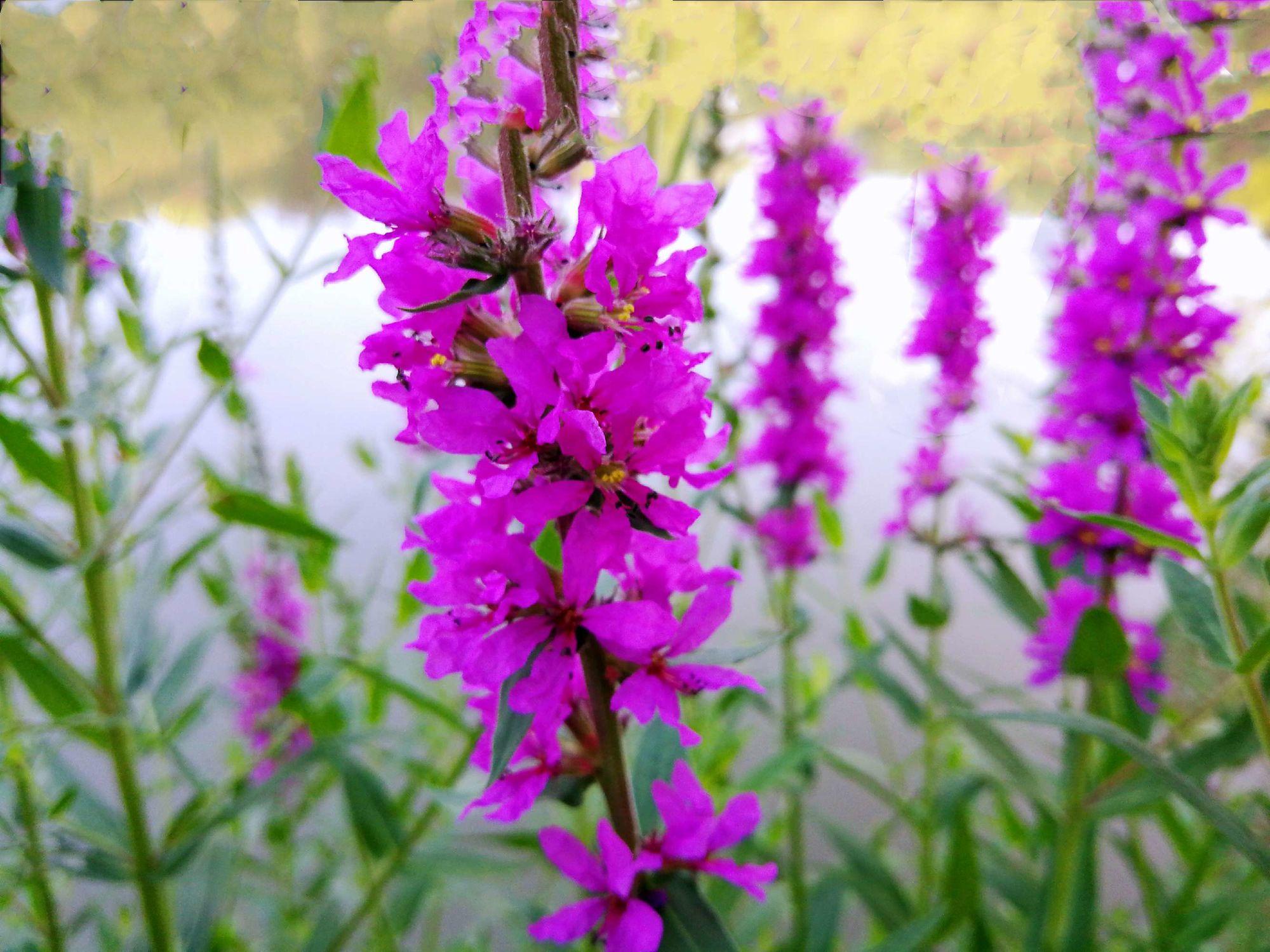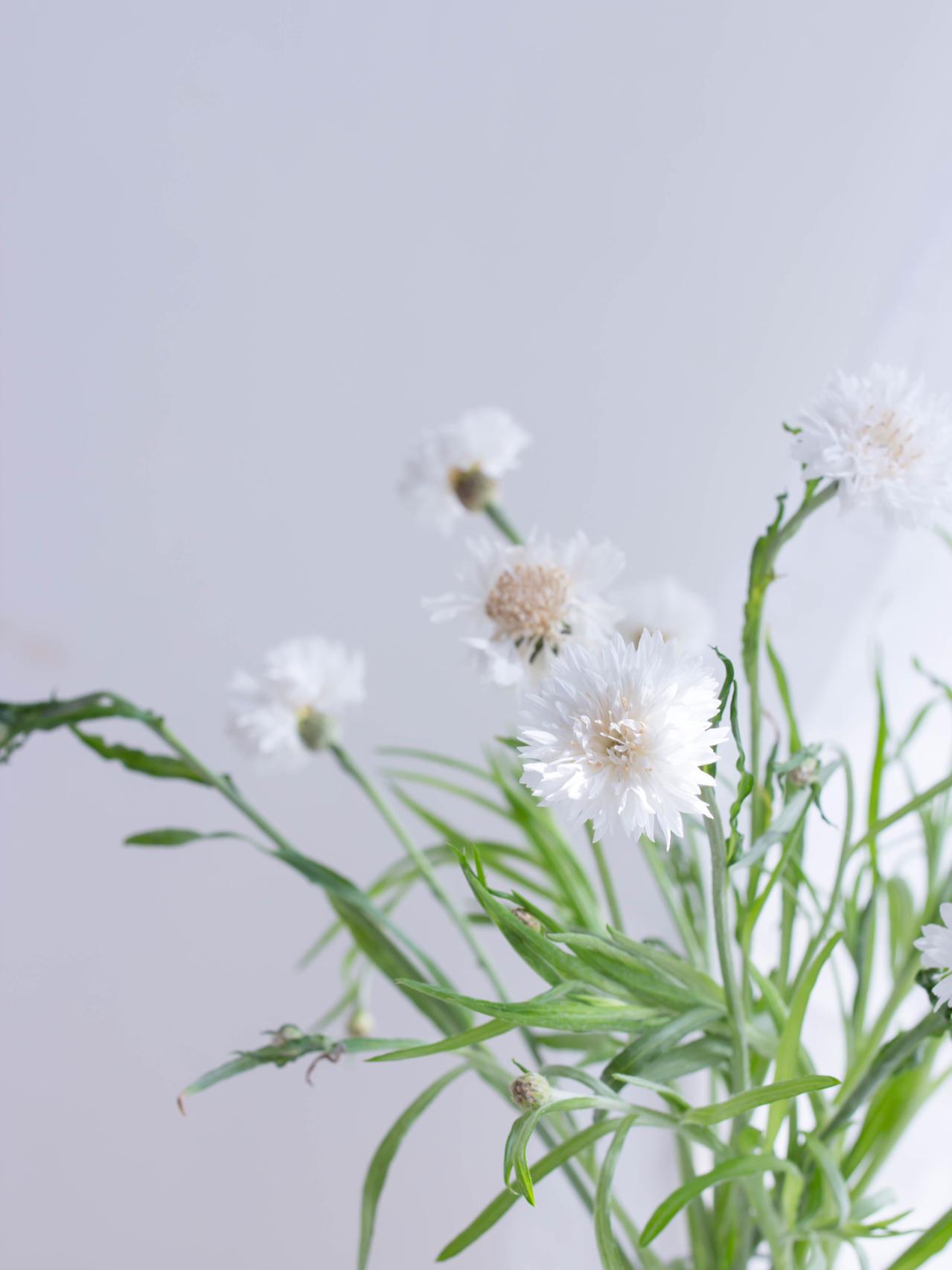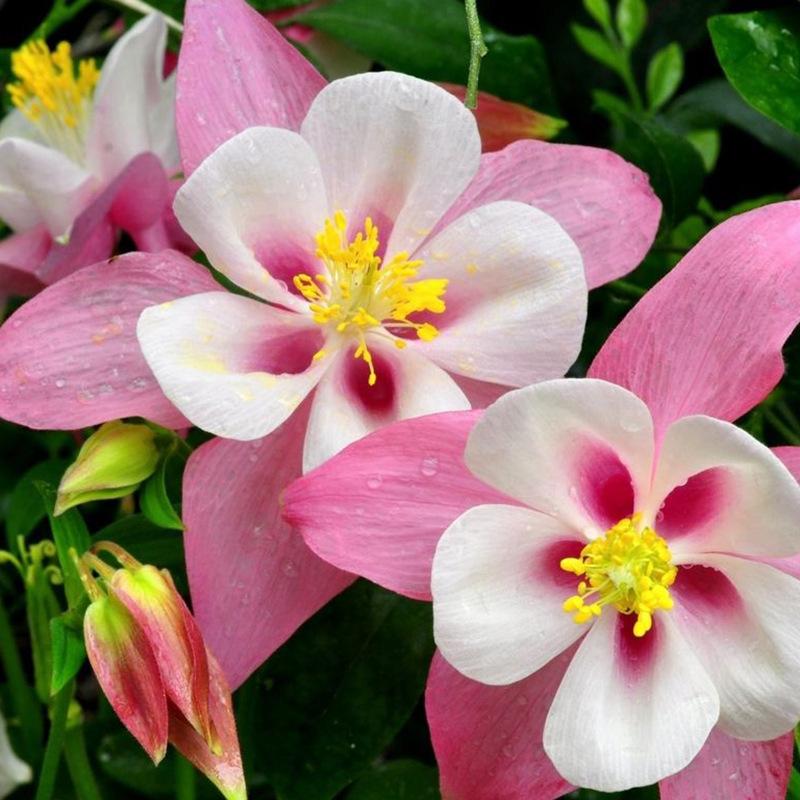Once upon a time, a tiny Anchusa seed landed in a lush meadow. Determined to thrive, it faced challenges of various weather conditions. Despite harsh storms and scorching heat, the little plant persevered and grew into a vibrant flower. Its vivid blue petals mesmerized all who passed by. People believed that gazing at Anchusa brought good luck and joy. Over time, the legend of this remarkable plant spread far and wide, and it became a symbol of resilience and beauty. Anchusa’s story teaches us to embrace challenges and bloom, no matter the circumstances.
Picture
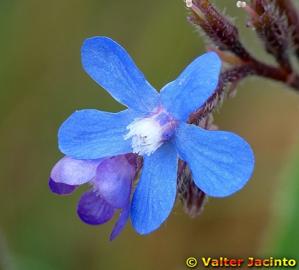
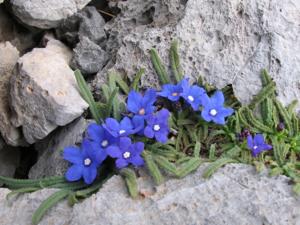
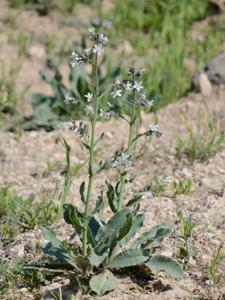
Plant some seeds now!
Short Description
The genus Anchusa belongs to the borage family (Boraginaceae). It includes about 35 species found growing in Europe, North Africa, South Africa and Western Asia. They are introduced in the United States.
They consist of annual plants, biennial plants and perennial plants with the general characteristics of the borage family. They are commonly herbaceous. The leaves are simple or undulate, covered with stiff hairs.
The small radially symmetrical flowers are sapphire blue and retain their colour a long time. The plants show numerous flowers with five sepals, united at their bases, and five petals forming a narrow tube facing upwards. The flowers grow in several axillary cymes, simple or branched, or are clustered at the end. The flowers are much frequented by bees.
The genus Anchusa is commonly used in trough or rock gardens.
The roots of Anchusa (just like those of Alkanna and Lithospermum) contain anchusin (or alkanet-red), a red-brown resinoid colouring matter. It is insoluble in water, but soluble in alcohol, chloroform and ether.
Anchusa species are used as food plants by the larvae of some Lepidoptera species including Coleophora pennella.

